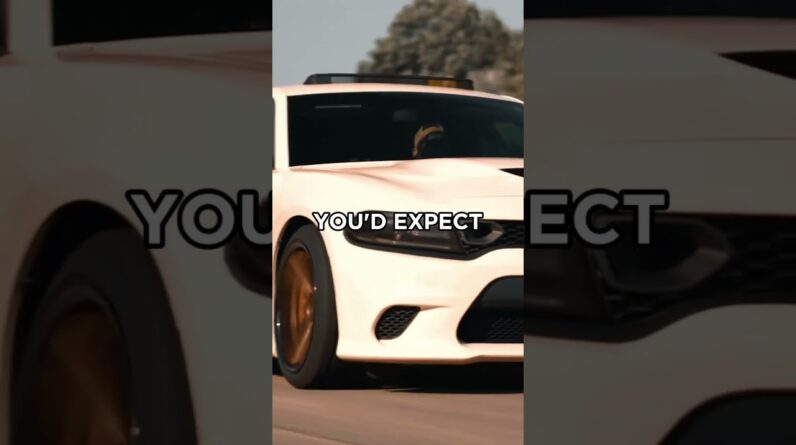In May 2013, Porsche announced changes to the model year 2014 911 Turbo and Turbo S models, increasing their power to 520 PS (382 kW; 513 hp) on the ‘Turbo’, and 560 PS (412 kW; 552 hp) on the ‘Turbo S’, giving them a 0–97 km/h acceleration time of 3.2 and 2.9 seconds, respectively. A rear-wheel steering system has also been incorporated on the Turbo models that steers the rear wheels in the opposite direction at low speeds or the same direction at high speeds to improve handling.[52] During low-speed maneuvers, this has the virtual effect of shortening the wheelbase, while at high speeds, it is virtually extending the wheelbase for higher driving stability and agility.
In January 2014, Porsche introduced the new model year 2015 Targa 4 and Targa 4S models. These new models come equipped with an all-new roof technology with the original Targa design, now with an all-electric cabriolet roof along with the B-pillar and the glass ‘dome’ at the rear.
Porsche 991 (post face-lift)
In September 2015, Porsche introduced the second generation of 991 Carrera models at the Frankfurt Motor Show. Both Carrera and Carrera S models break with previous tradition by featuring a 3.0-litre turbocharged 6-cylinder boxer engine, marking the first time that a forced induction engine has been fitted to the base models within the 911 range.
#porsche911
Get More Great Car Videos – Subscribe: https://goo.gl/BSIaFc







